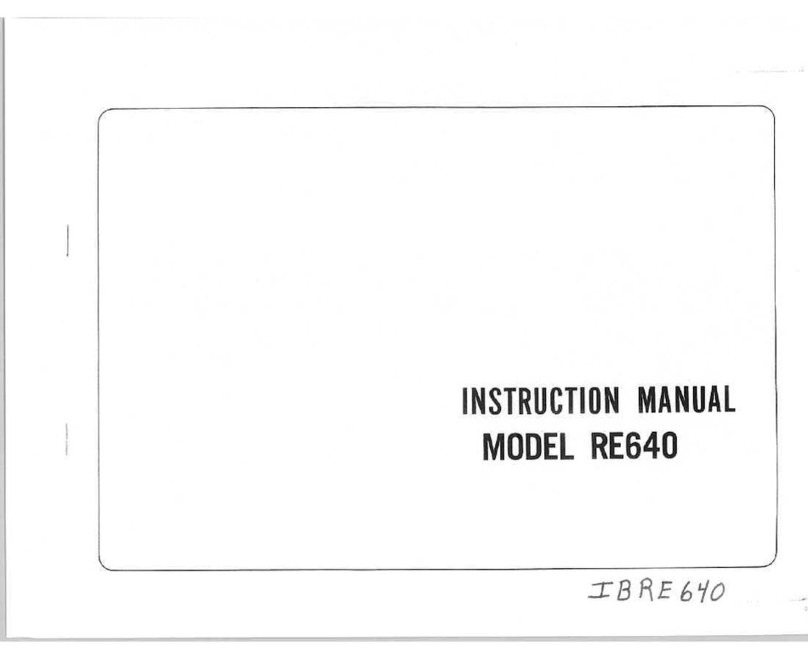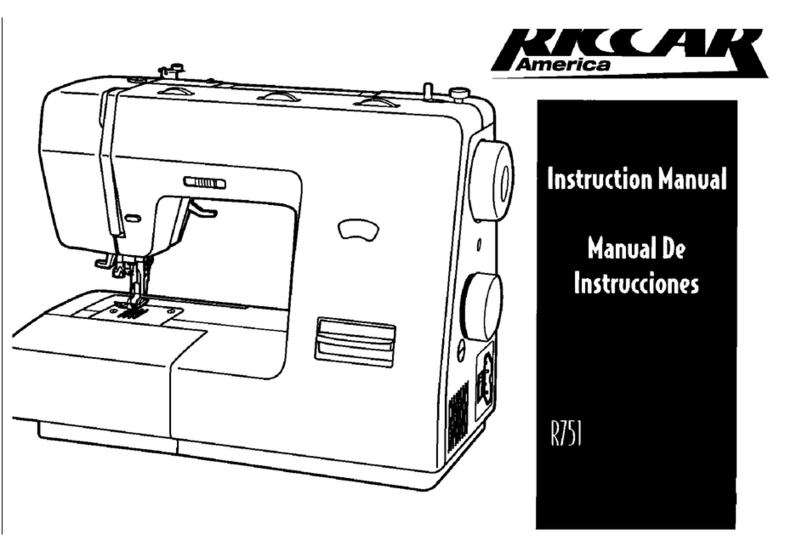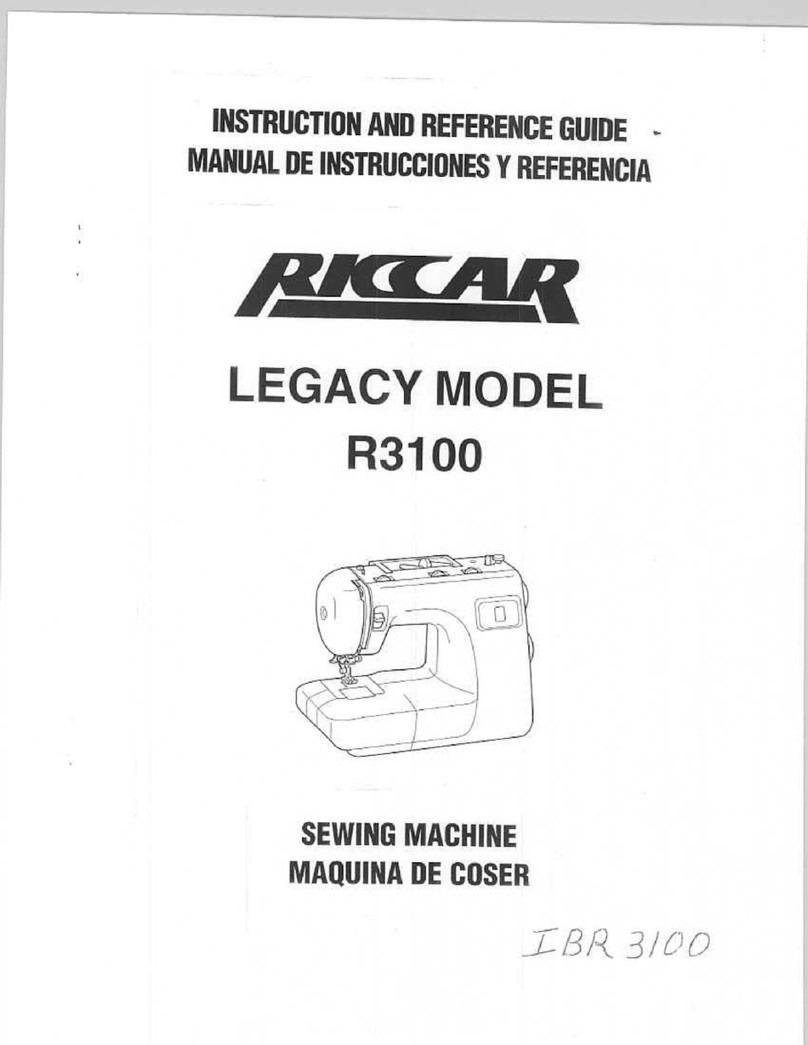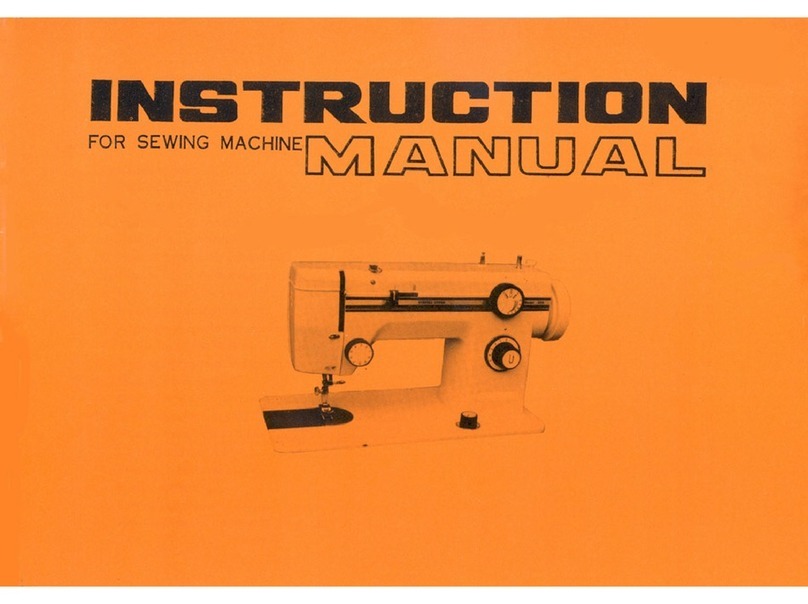Riccar Serger User manual
Other Riccar Sewing Machine manuals

Riccar
Riccar 404 User manual
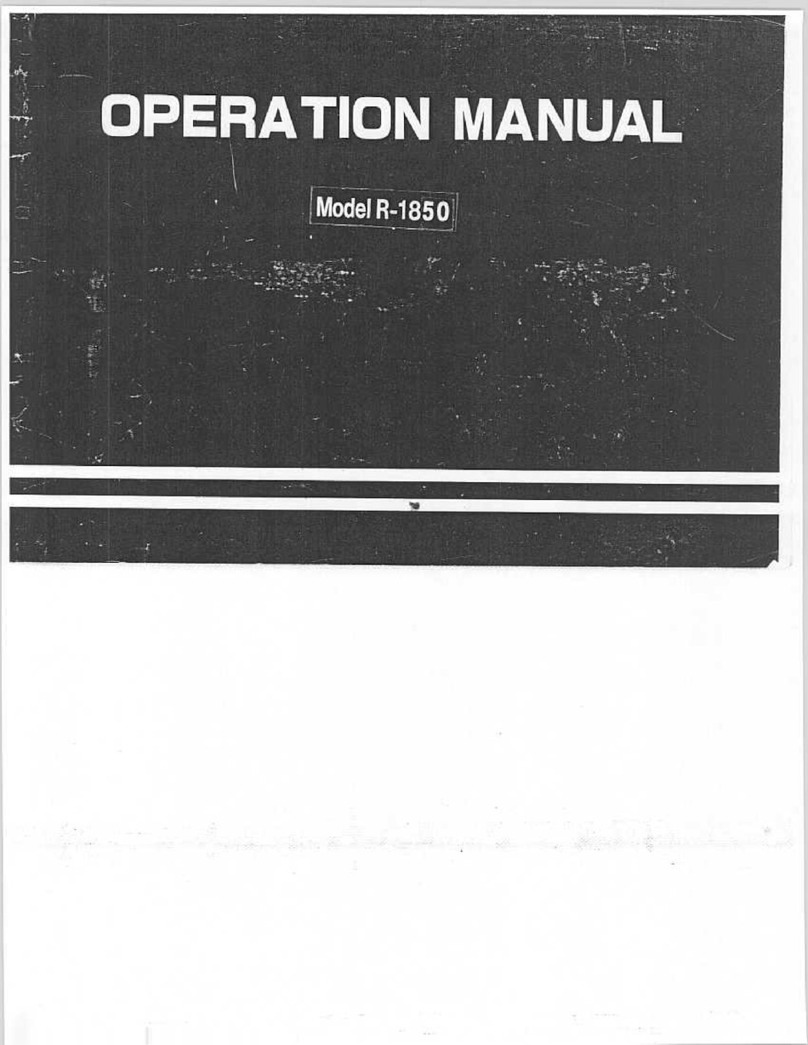
Riccar
Riccar R-1850 User manual
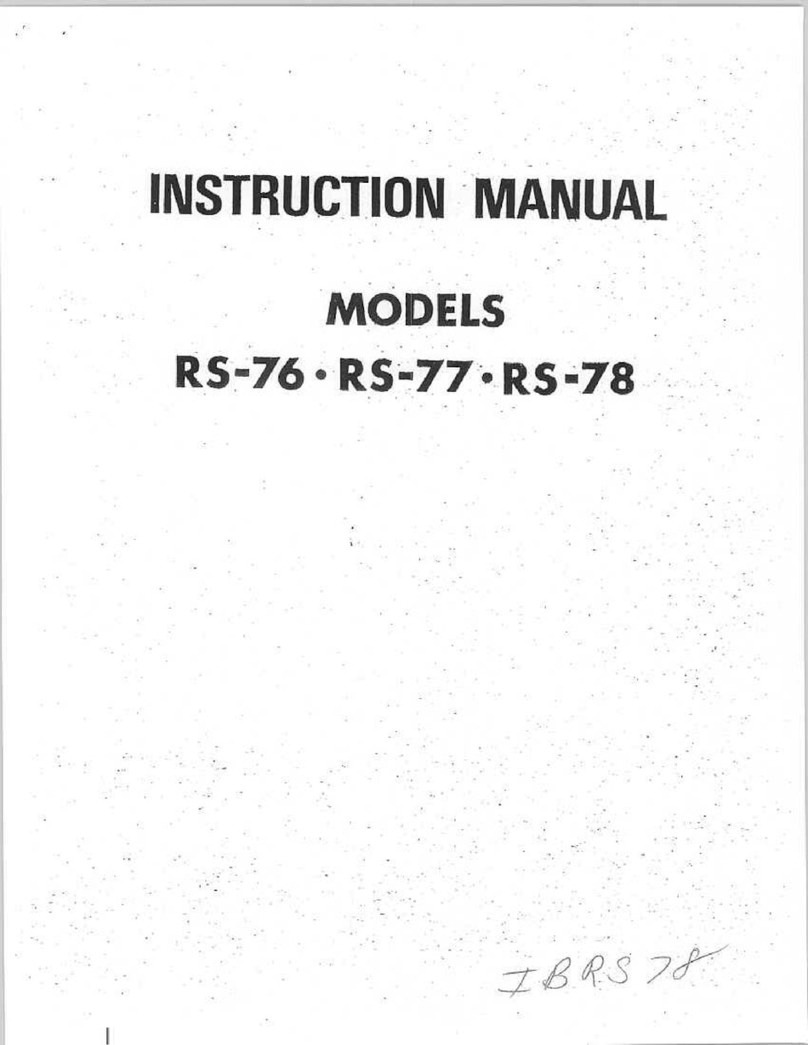
Riccar
Riccar RS-78 User manual
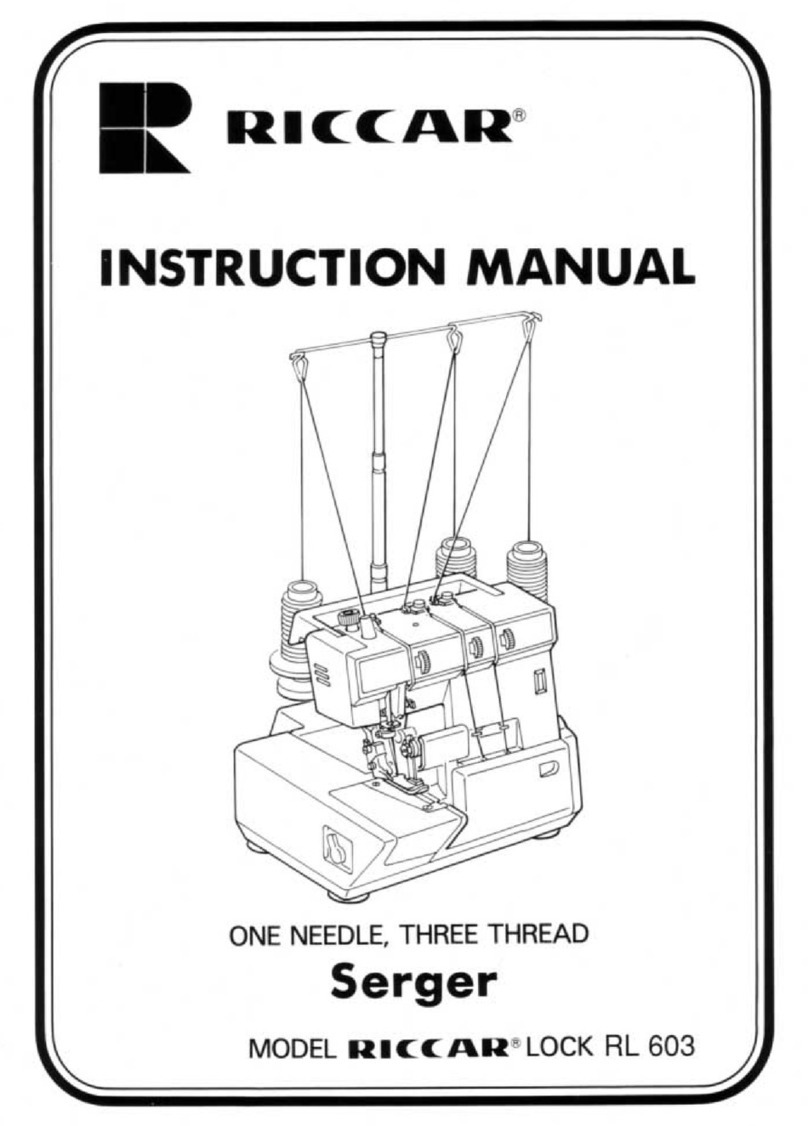
Riccar
Riccar SERGER RL 603 User manual
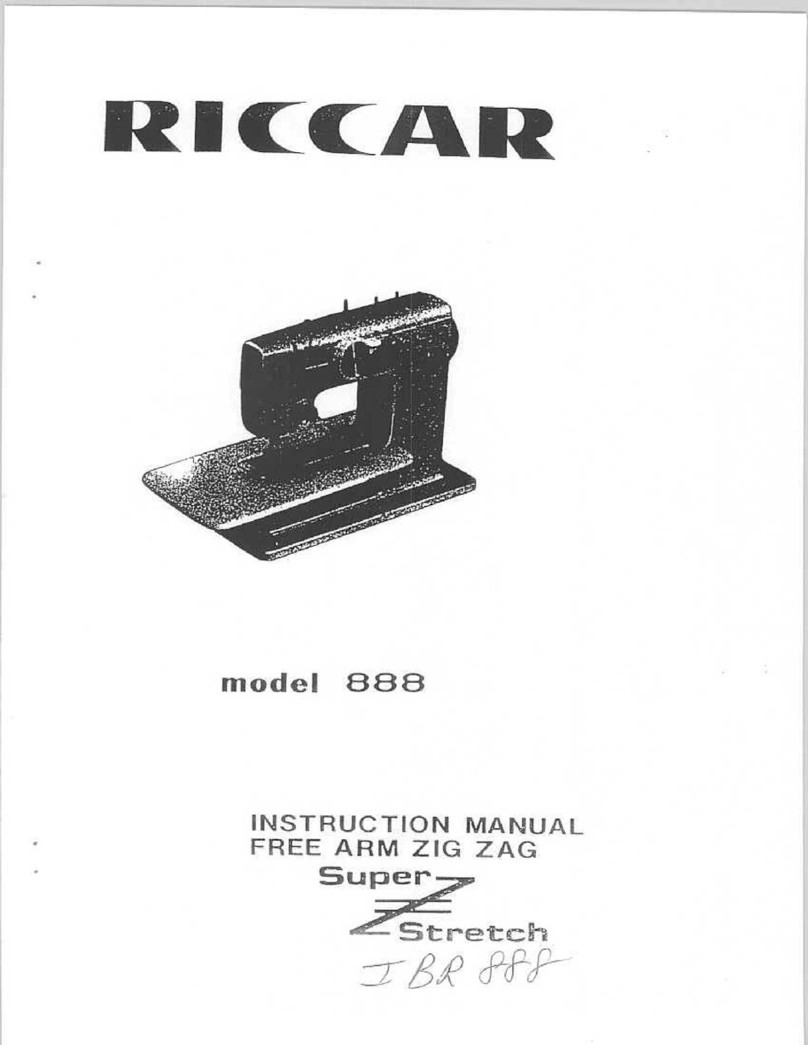
Riccar
Riccar SUPER STRETCH 888 User manual

Riccar
Riccar 564DE Serger User manual
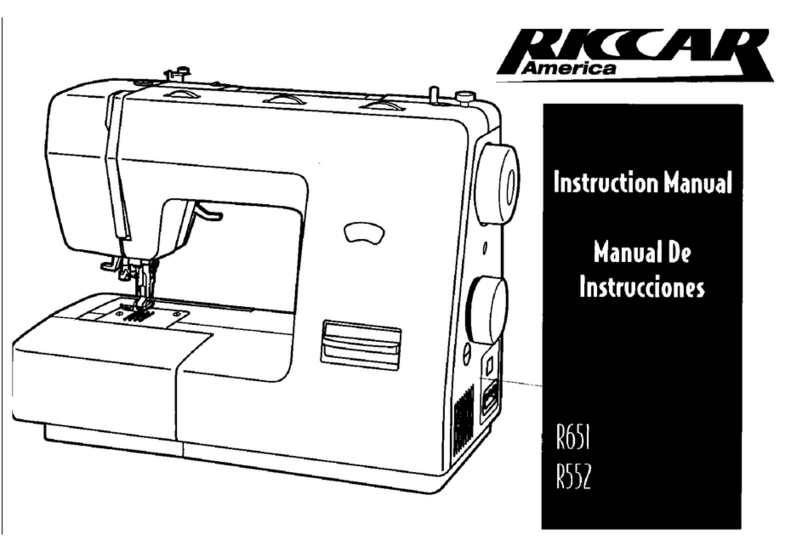
Riccar
Riccar R651 User manual
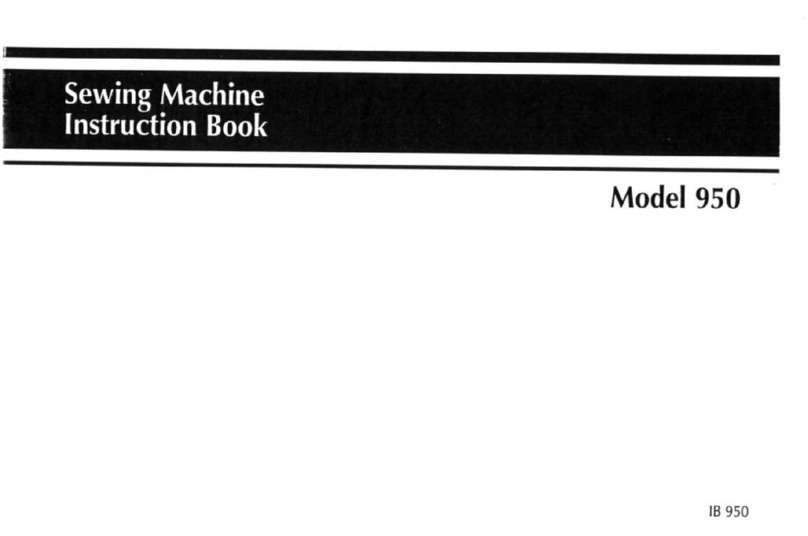
Riccar
Riccar R950 User manual

Riccar
Riccar 601 User manual
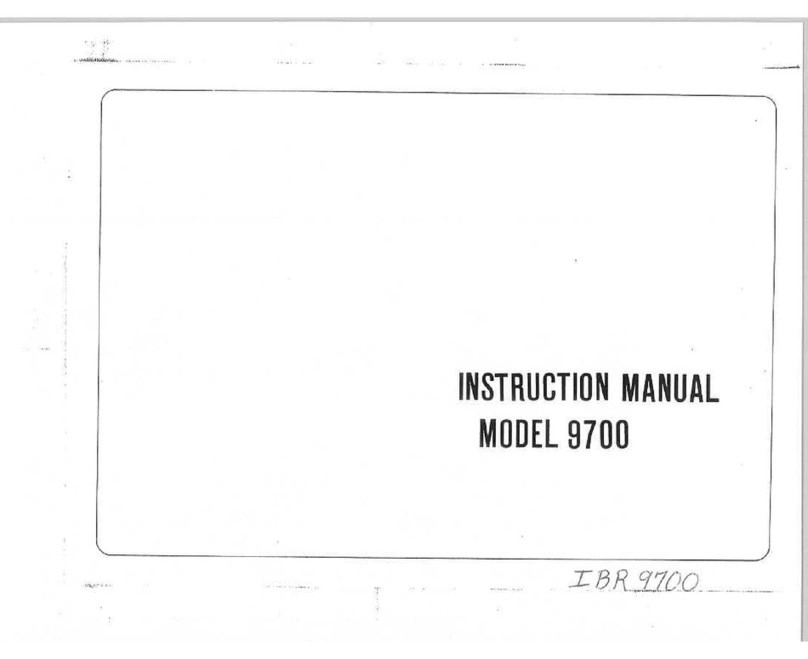
Riccar
Riccar 9700 User manual

Riccar
Riccar 8500 User manual

Riccar
Riccar 739DE Serger User manual
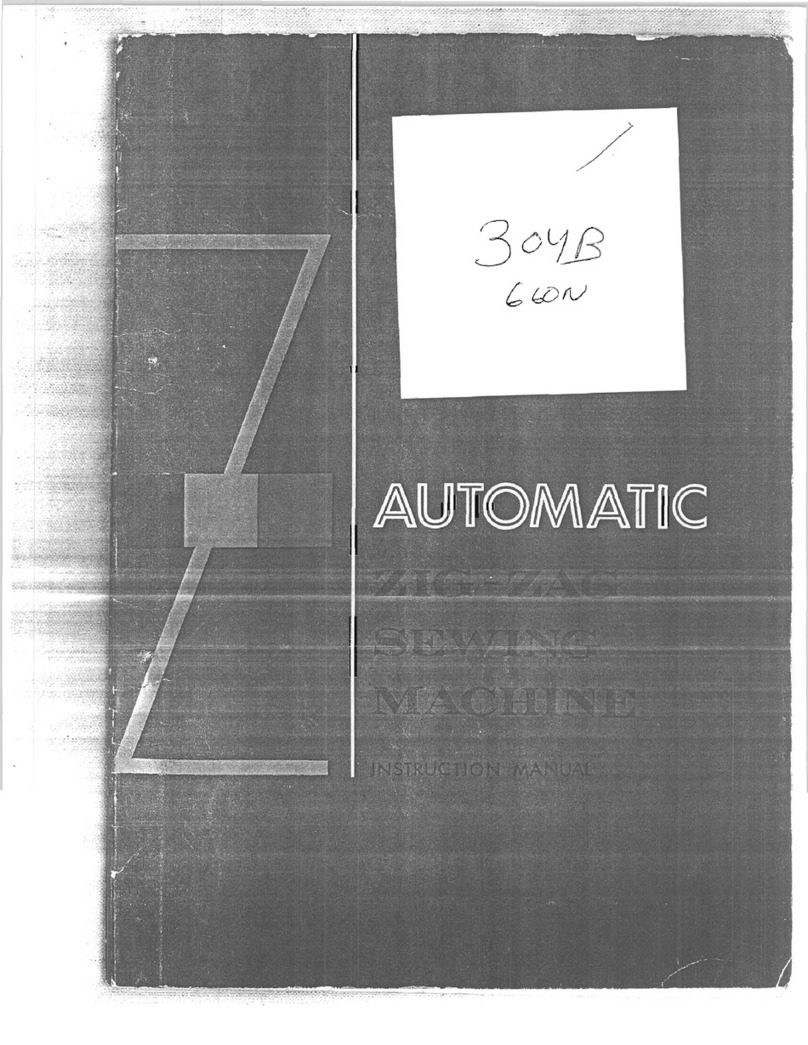
Riccar
Riccar 304B User manual

Riccar
Riccar 414 User manual
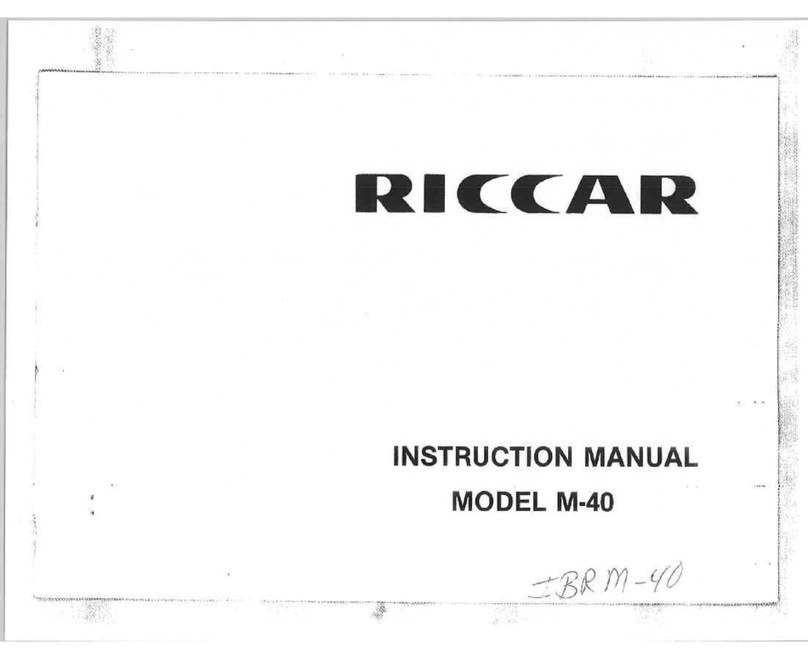
Riccar
Riccar M40 User manual
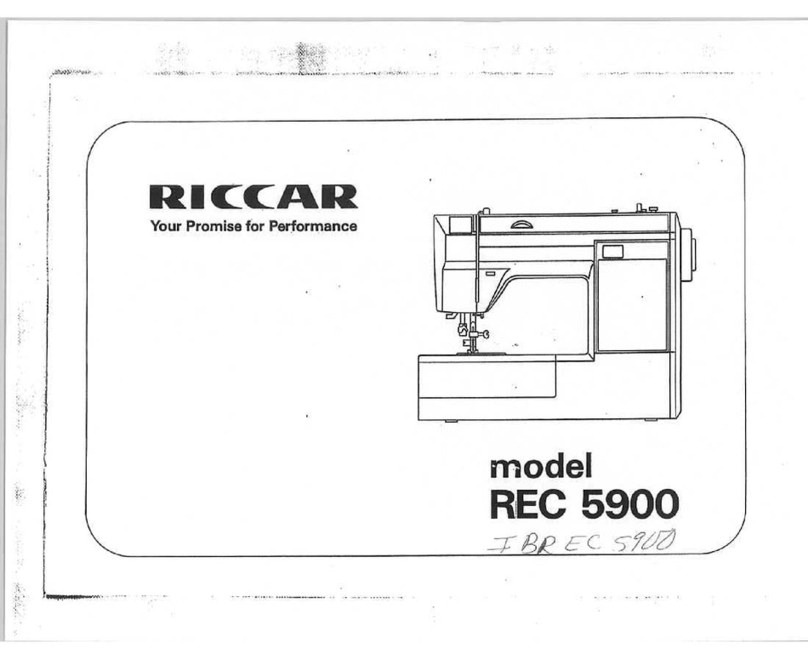
Riccar
Riccar REC 5900 User manual
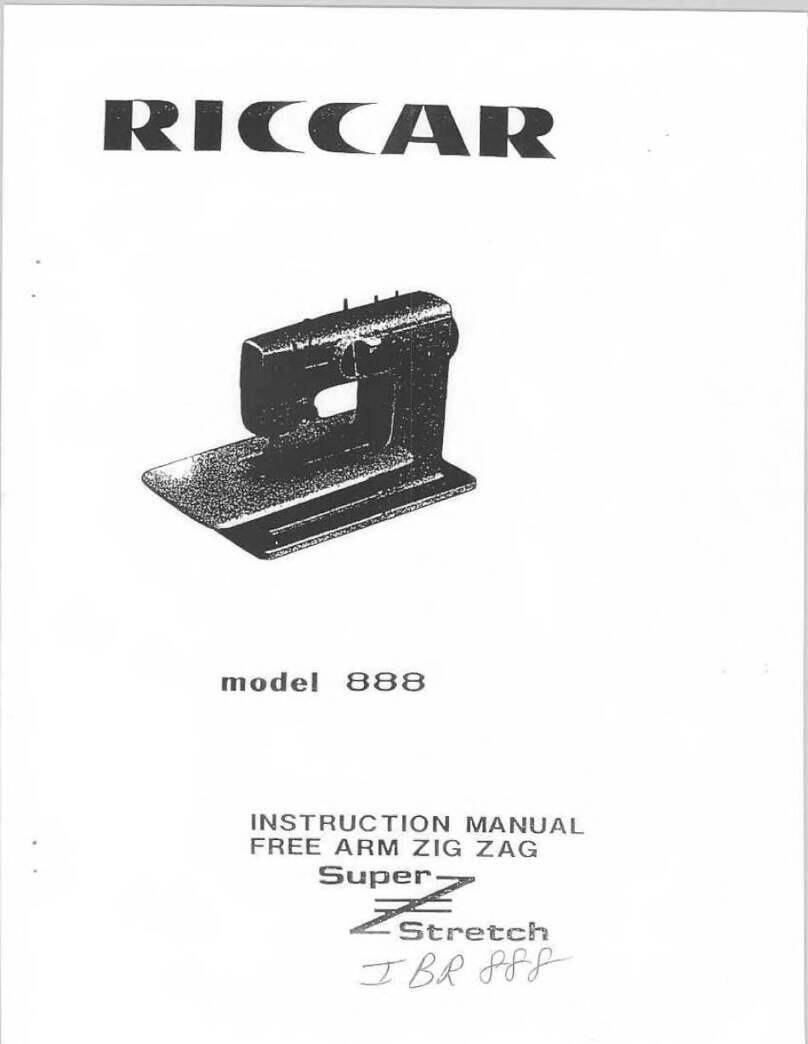
Riccar
Riccar SUPER STRETCH 888 User manual

Riccar
Riccar R1570 User manual
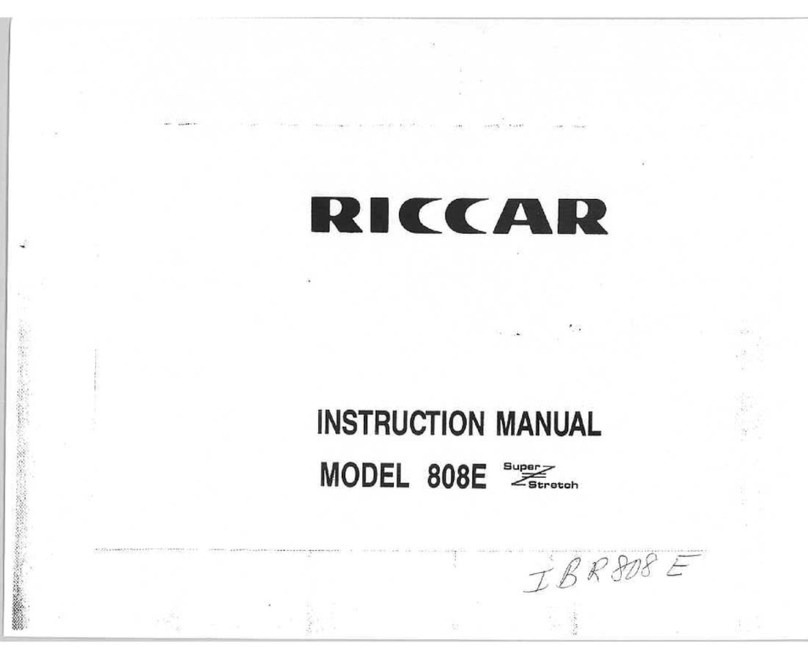
Riccar
Riccar 808E User manual
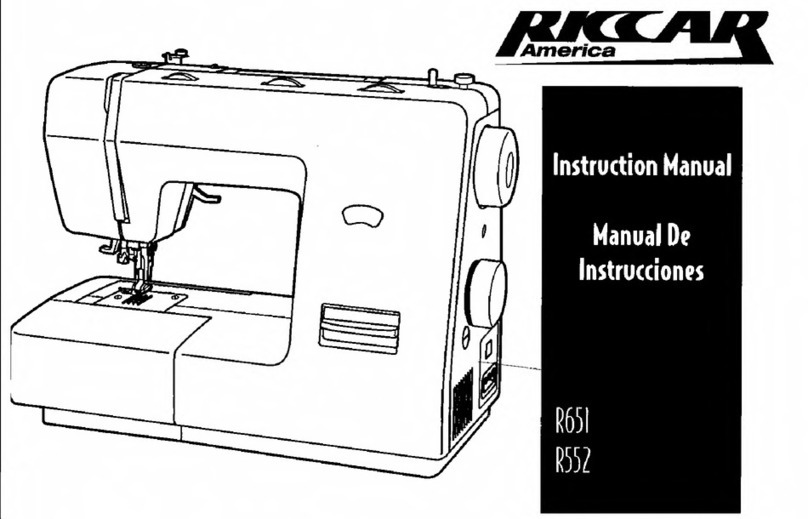
Riccar
Riccar R552 User manual
